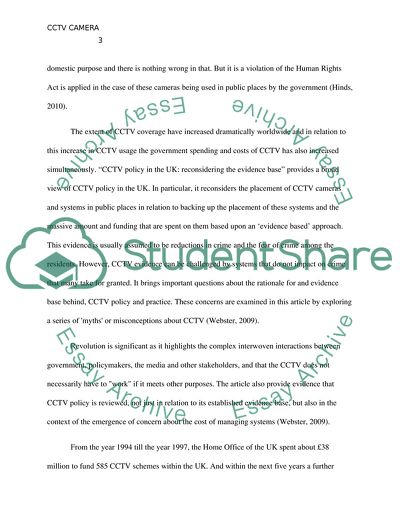Cite this document
(CCTV Camera Article Example | Topics and Well Written Essays - 1750 words, n.d.)
CCTV Camera Article Example | Topics and Well Written Essays - 1750 words. https://studentshare.org/technology/1779541-cctv
CCTV Camera Article Example | Topics and Well Written Essays - 1750 words. https://studentshare.org/technology/1779541-cctv
(CCTV Camera Article Example | Topics and Well Written Essays - 1750 Words)
CCTV Camera Article Example | Topics and Well Written Essays - 1750 Words. https://studentshare.org/technology/1779541-cctv.
CCTV Camera Article Example | Topics and Well Written Essays - 1750 Words. https://studentshare.org/technology/1779541-cctv.
“CCTV Camera Article Example | Topics and Well Written Essays - 1750 Words”. https://studentshare.org/technology/1779541-cctv.


